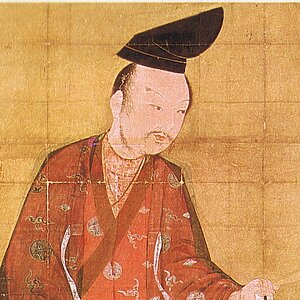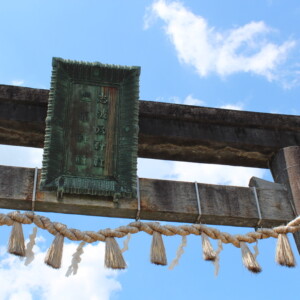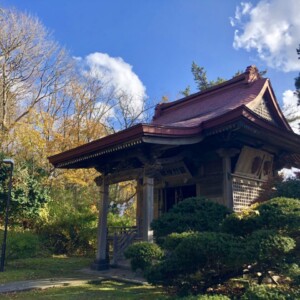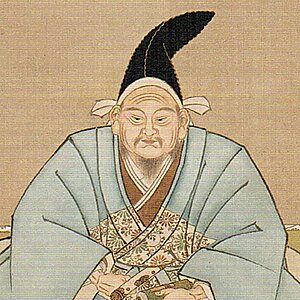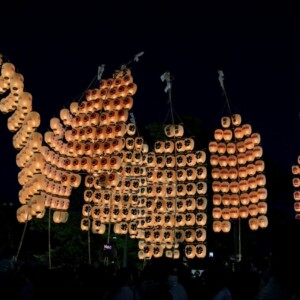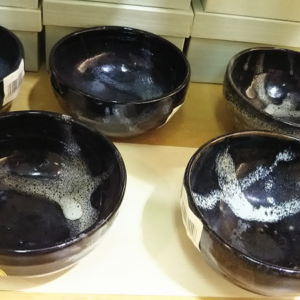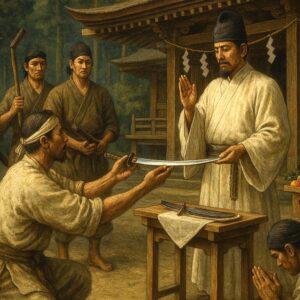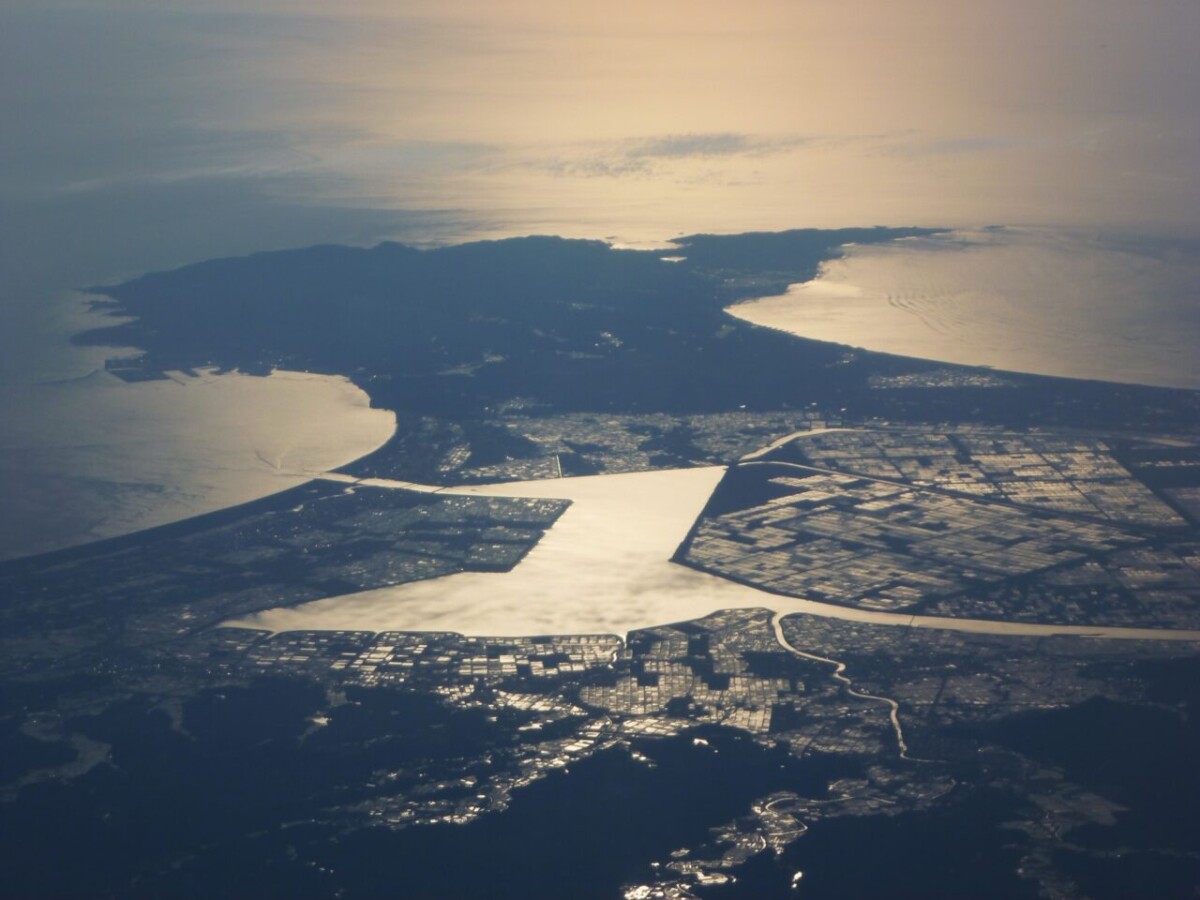
Hachirogata, once the second largest lake in Japan [Akita Prefecture]
table of contents
- 1 The origins of Hachirogata
- 2 It was once a treasure trove of marine resources, but has disappeared due to large-scale reclamation projects.
- 3 Hachirogata Reservoir Pond where you can feel the atmosphere of Hachirogata
- 4 A tower with longitude and latitude intersection points with neat numbers for latitude and longitude and a mountain at sea level?
- 5 The legend of Hachiro Taro passed down in Hachirogata
- 6 summary
Hachirogata in Akita Prefecture once known as the second largest lake in Japan, after Lake Biwa
The origins of Hachirogata
In the distant past, sandbars were extended from the Yoneshiro River on the north side and the Omono River on the south side due to sedimentation, reaching Mt. Kanpu in present-day Oga City, which was a remote island, and forming Oga, a multiple land-connected island. It is said that a peninsula was formed. The sea ruin lake that remains between the two sandbars is Hachirogata.
It was once a treasure trove of marine resources, but has disappeared due to large-scale reclamation projects.
Also known as Koto Lake, it is a brackish water lake that was connected to the Sea of Japan by the Funakoshi Railway. Although it is shallow at 4 to 5 meters deep, it is home to an abundance of fish such as smelt, whitebait fish, and gobies, as well as a large amount of algae. , was an indispensable resource as fertilizer.
However, in 1955, a national project called the national reclamation project , Hachirogata was reclaimed and turned into vast agricultural land.The land that was once at the bottom of the lake was transformed into a lush rural landscape, and Ogata Village (Ogata Village) ) was named. After that, Ogata Village became famous not only for its rice production, but also for its melons and apples, and continues to this day.
Hachirogata Reservoir Pond where you can feel the atmosphere of Hachirogata
The Hachirogata Reservoir Pond , located in the southern part of Ogata Village, is a place where you can see the remains of the time when it was the second largest lake in Japan .
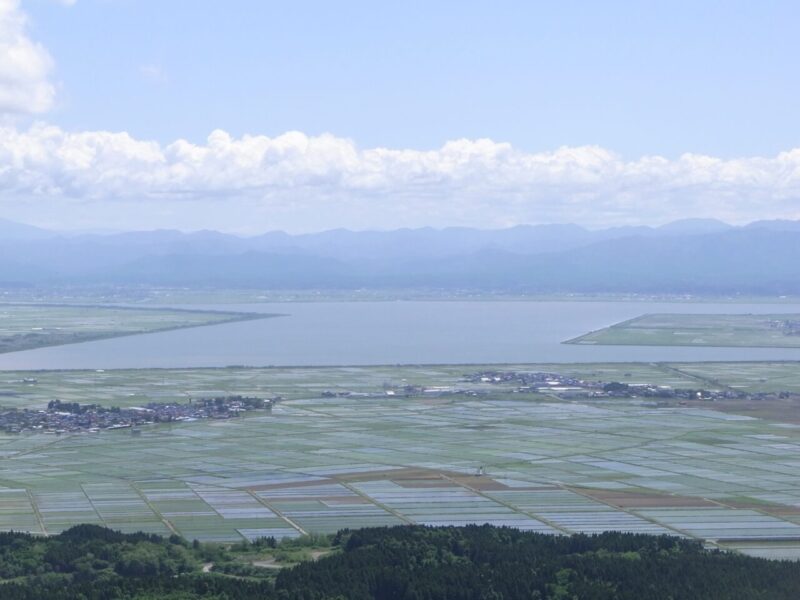
It is also famous as a fishing spot for black bass and smelt, and you can often see elegant singing boats.Although it is a remnant lake, it is quite large and retains a strong vestige of the past.

Ogata Village Sakura/Nanohana Road which is located 20 minutes by car from Hachirogata Station on the JR Ou Main Line , every year around Golden Week, you can see a magnificent collaboration of gorgeous cherry blossoms and rape blossoms that stretches on forever. It's popular.
There is a cherry blossom viewing parking space called Sakura Spot on the roadside, so you can park your car and enjoy the cherry blossoms at your leisure.
A tower with longitude and latitude intersection points with neat numbers for latitude and longitude and a mountain at sea level?
latitude and latitude intersection marking tower which is a unique spot unique to Ogata Village , is a memorial tower built at the intersection of latitude and latitude. degrees intersect.
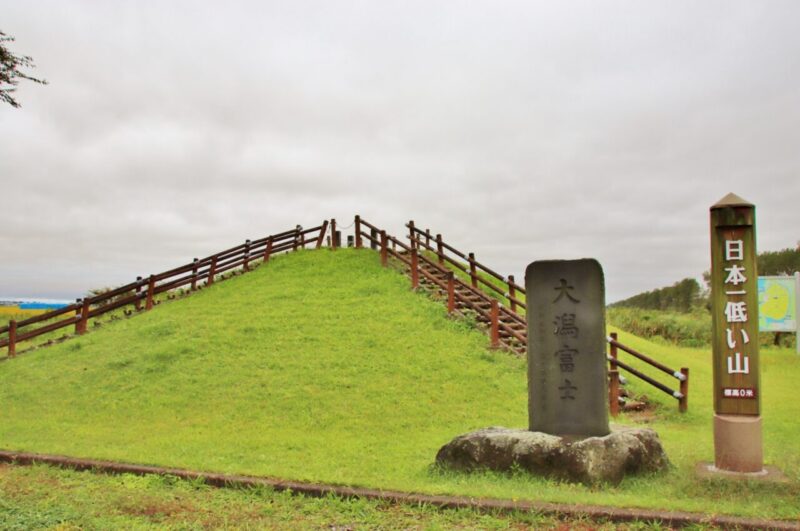
also Ogata Fuji, the lowest Mt. Fuji in Japan , which is known as Mt. Fuji with a height of 0 meters above sea level.
The legend of Hachiro Taro passed down in Hachirogata
is home to the ``Hachiro Taro Legend,'' a magnificent legend that spans three lakes: Lake Towada in Aomori Prefecture and Lake Tazawa in Semboku City
Hachirotaro, who was a Matagi, became a non-human due to an incident and became the master of Lake Towada, but he lost a battle with a high priest and fled to Lake Tazawa, where he was married to Princess Tatsuko of Lake Tazawa, and after that he continued to escape from his pursuers. The story can be summarized as follows: He arrived at Hachirogata and became a dragon god there.
Isn't it quite rare for a legend to be passed down over such a wide area?
summary
Hachiro Lagoon can no longer be seen. Even now, I find it hard to believe that such a lake existed in the Tohoku region. Why did we do land reclamation? There is also a feeling of regret. However, at that time, it was probably necessary for the people living in that area.
It's not far from the center of Akita city, so when you visit Akita, it might be a good idea to take a short trip and see what remains of the huge lake that once existed.
Ogata Village<Information>
- Name: Ogata Village (Hachirogata Landfill)
- Address: Ogata Village, Minamiakita District, Akita Prefecture









![[History of Hachirogata Reclamation 2] How was the reclamation ground created? [Hachirogata Town, Akita Prefecture] f3caff848099ab5806b64ce9b80dfc4f](https://jp.neft.asia/wp-content/uploads/2024/07/f3caff848099ab5806b64ce9b80dfc4f-150x150.jpg)
![[Legend of the Three Lakes in Northeastern North: Part 1] Do you know about the magnificent folklore "Legend of the Three Lakes," which lies in the three prefectures? Three Dragon Gods of the Three Lakes (Nansobo, Hachirotaro, Tatsuko)](https://jp.neft.asia/wp-content/uploads/2025/05/e0f7ebf984700707359e06ed987d83b9-150x150.jpg)
![Let's go see the natural Akita cedars [2] A forest of natural Akita cedars with giant trees over 200 years old Mt. Nanaza](https://jp.neft.asia/wp-content/uploads/2025/08/2e1cab44ce484b377d4a0b2675da2274-150x150.jpg)
![Hot springs gush out in a place where there are no volcanoes! "Yuzawa Geopark" where you can see the mystery of the earth up close [Akita Prefecture] 4550228_m](https://jp.neft.asia/wp-content/uploads/2023/02/4550228_m-150x150.jpg)
![[First] Sugae Masumi walked in Oga Peninsula - Sankaze Mountain and the Head Mountains of Faith [Akita Prefecture] 1. Group of strange rocks_Akikaze_Archives](https://jp.neft.asia/wp-content/uploads/2024/10/af533a619304de93bb8c3974f774074e-150x150.jpg)
![[Akita Prefecture/Oga Peninsula] Full of view points. Oga Peninsula, a magnificent park created by the earth 3D84CC3D4A133D89422D448F000C277B](https://jp.neft.asia/wp-content/uploads/2024/04/3d84cc3d4a133d89422d448f000c277b-150x150.jpg)
![This year marks the 60th anniversary of Ogata Village's founding. We are currently running crowdfunding for the commemorative project! [Akita Prefecture] Ogata Village 60th anniversary logo](https://jp.neft.asia/wp-content/uploads/2024/07/sub2-1-150x150.jpg)
![[Hirogata reclamation history ①] The second largest lake in Japan has become a vast rice field [Ogata Village, Akita Prefecture] 7561d23df2a0ec24c664e184c3fc8d8f](https://jp.neft.asia/wp-content/uploads/2024/07/7561d23df2a0ec24c664e184c3fc8d8f-150x150.jpg)
